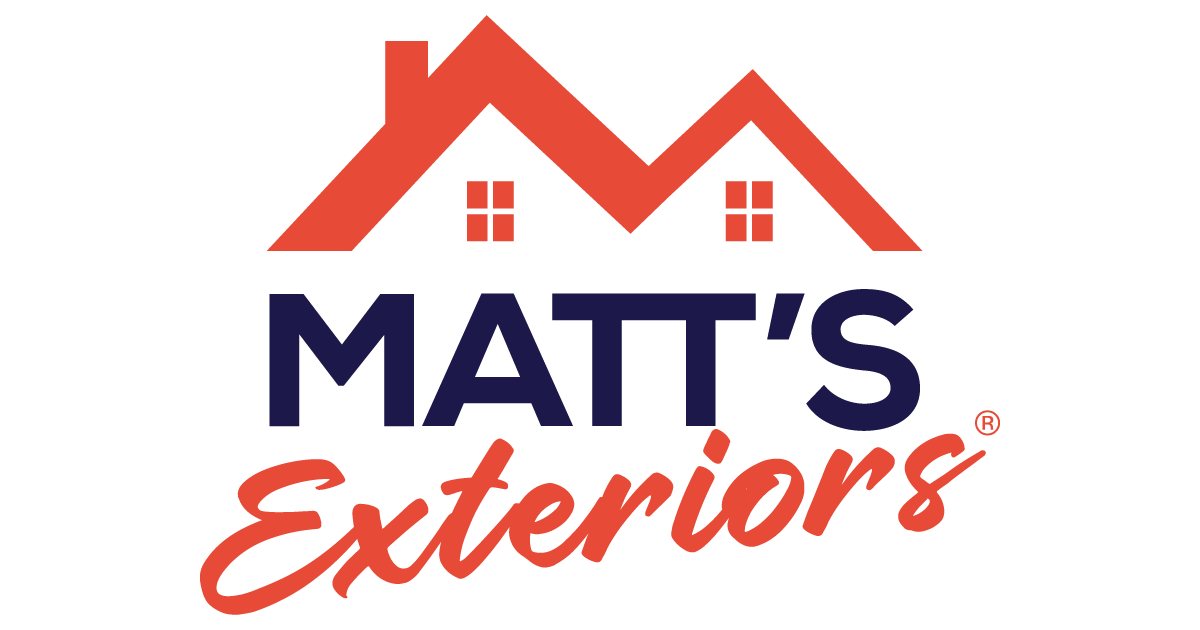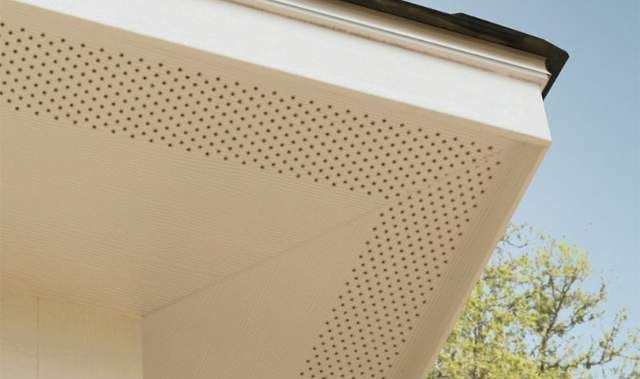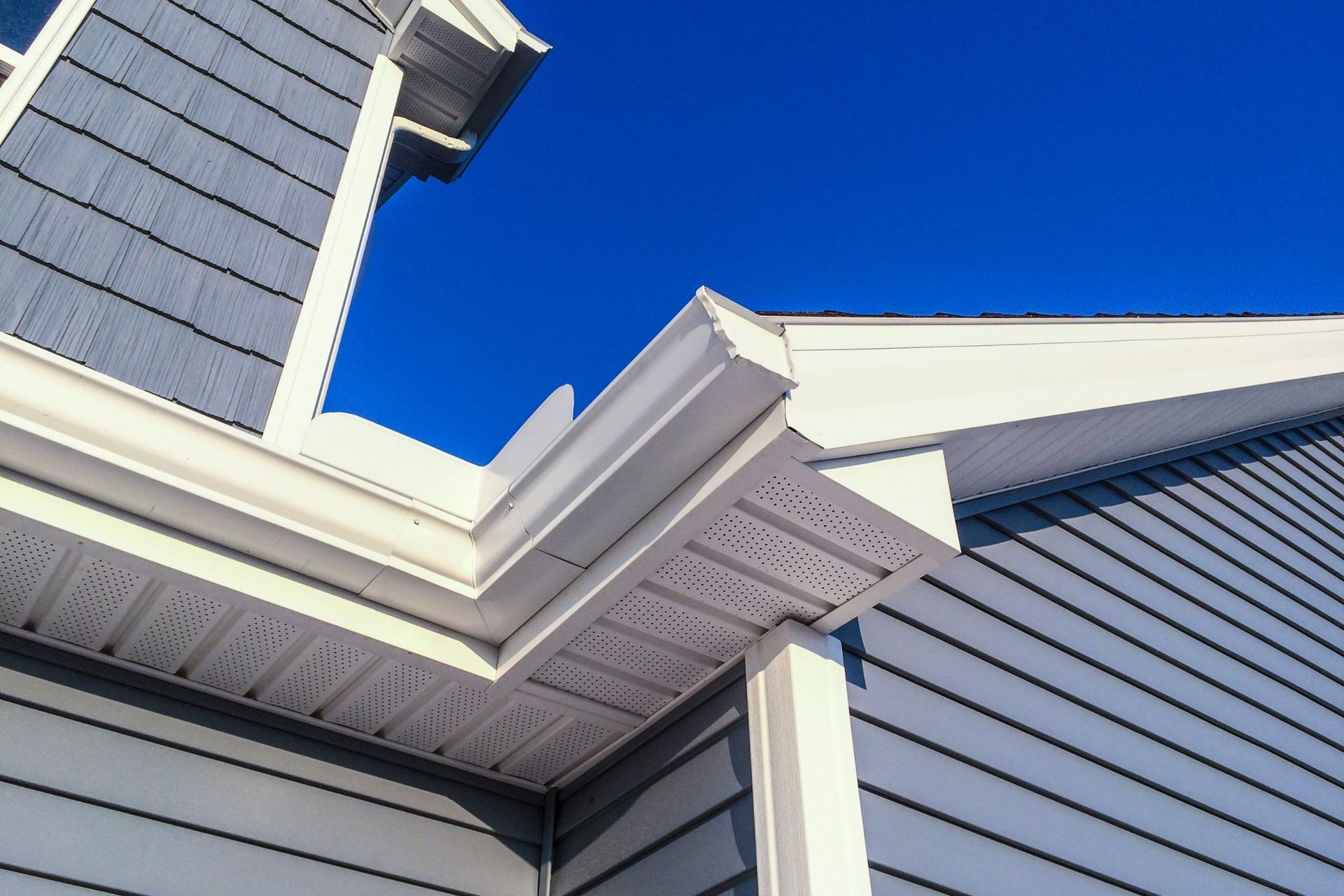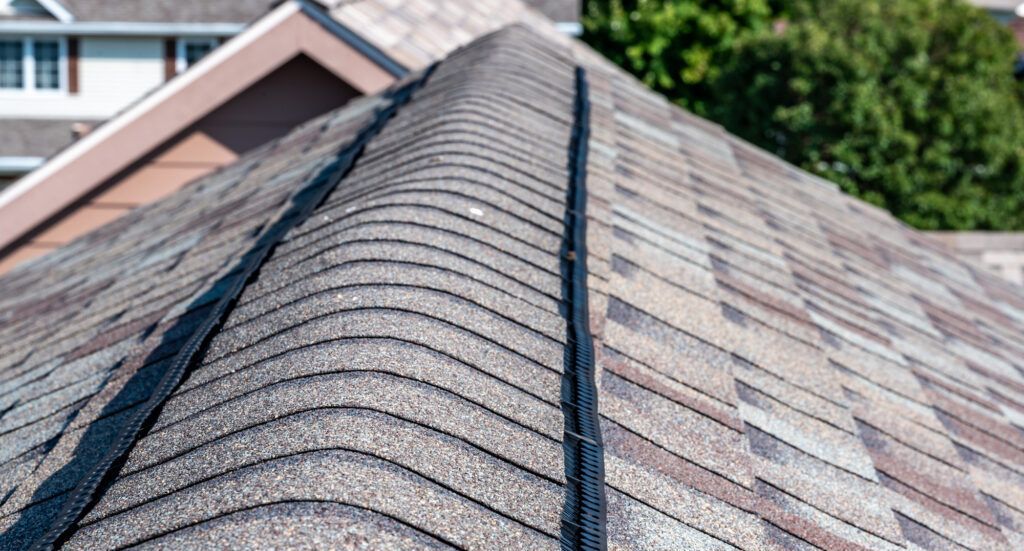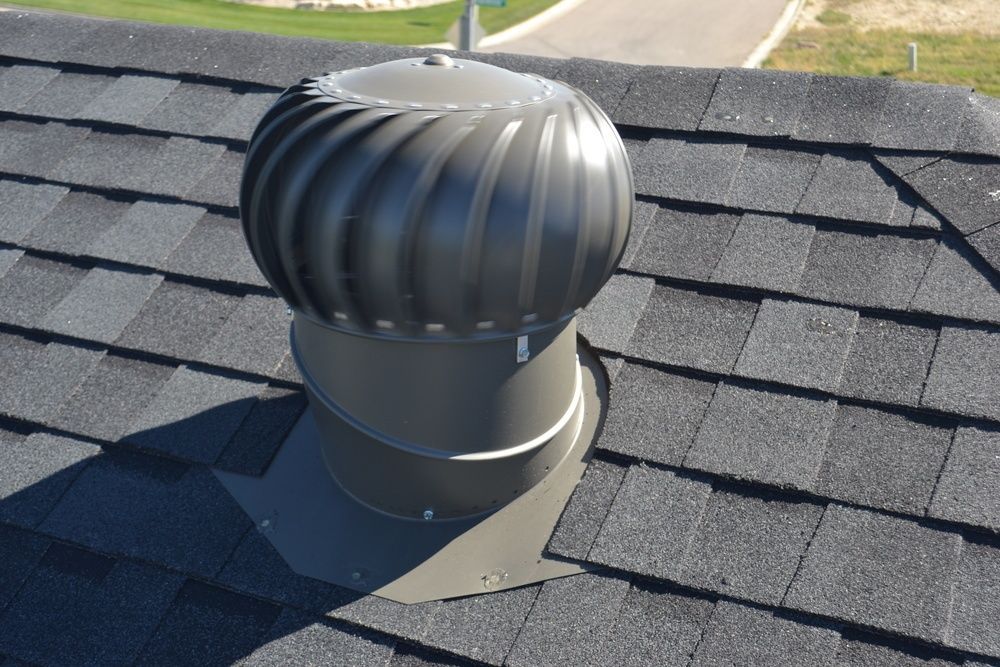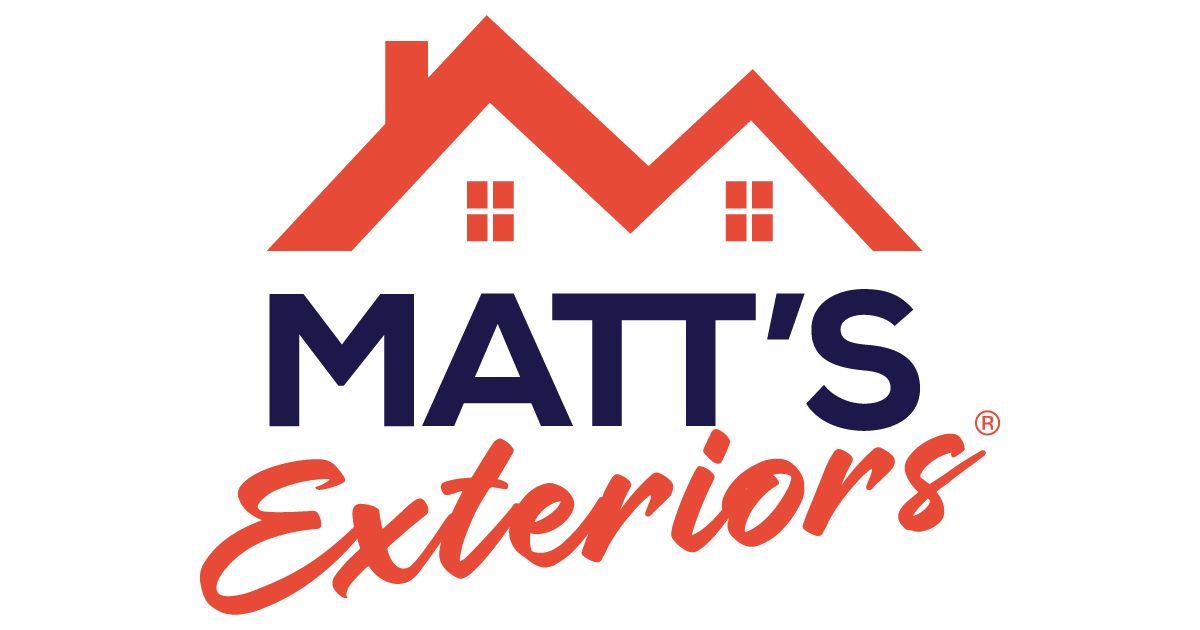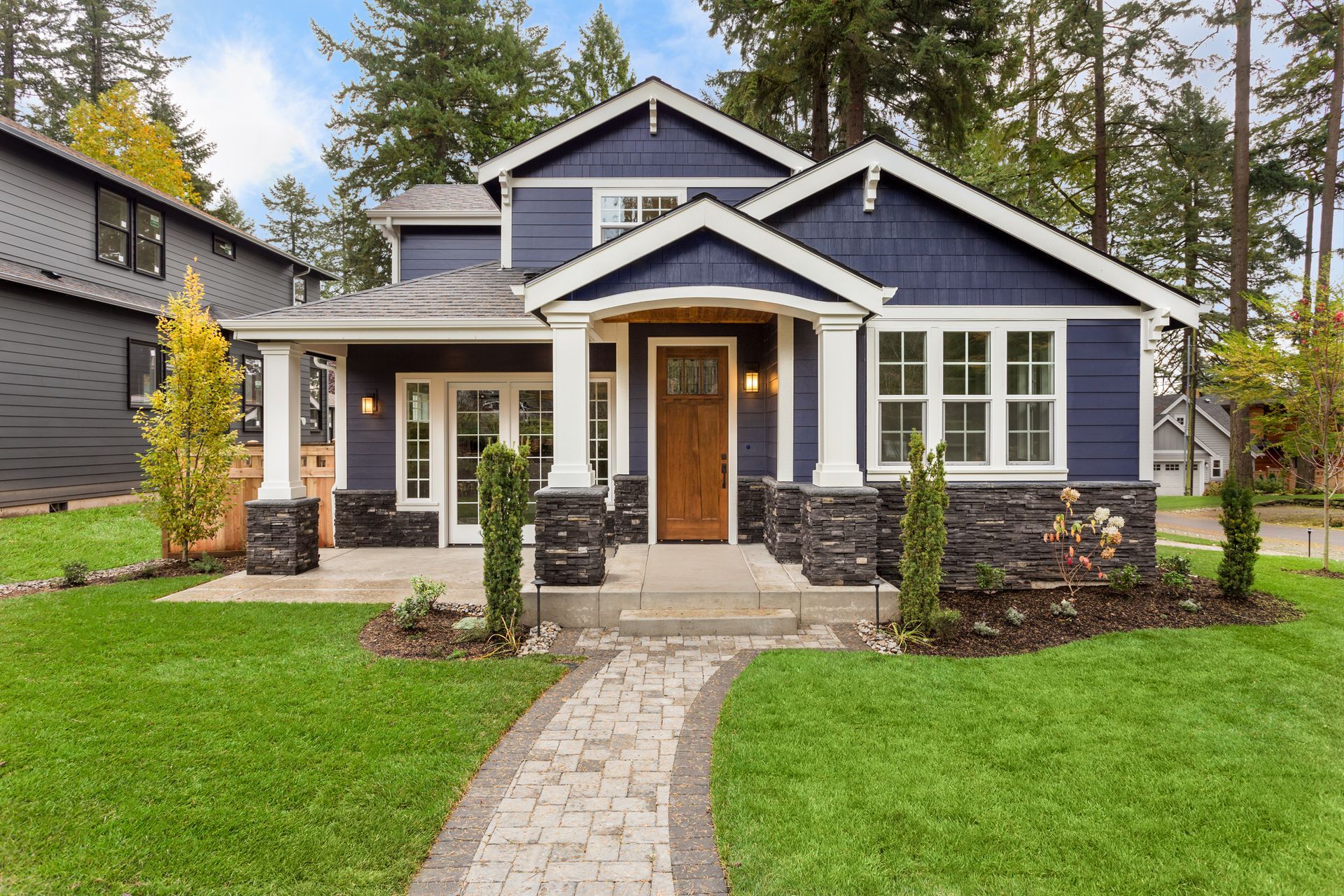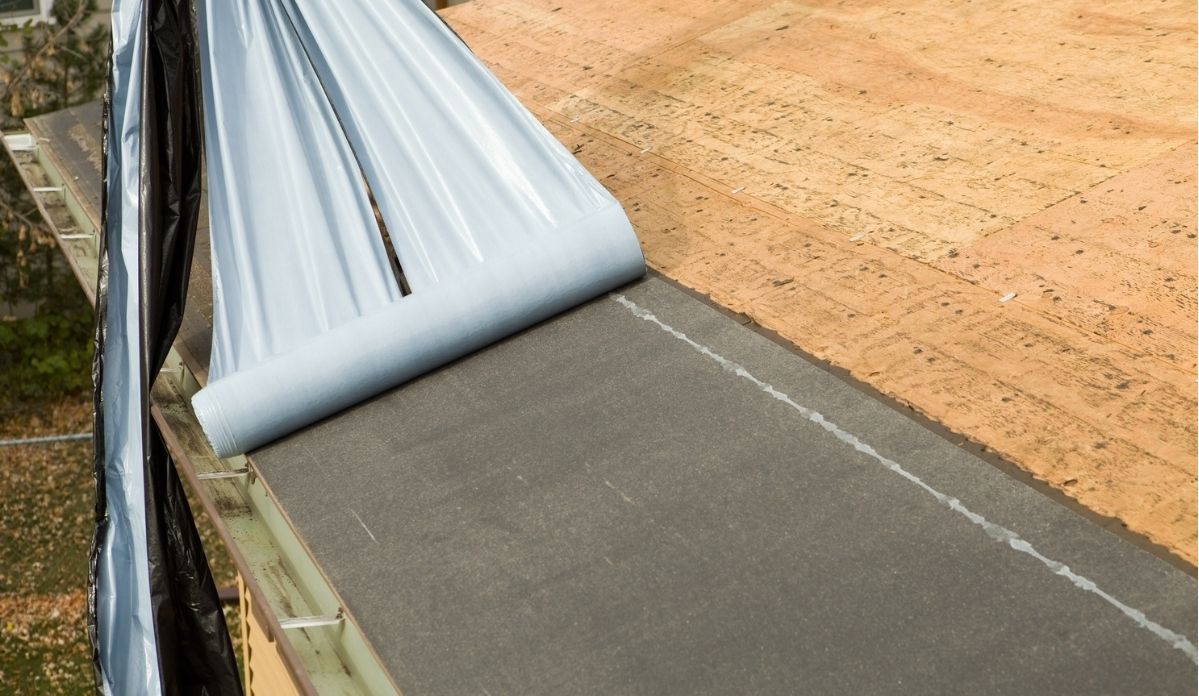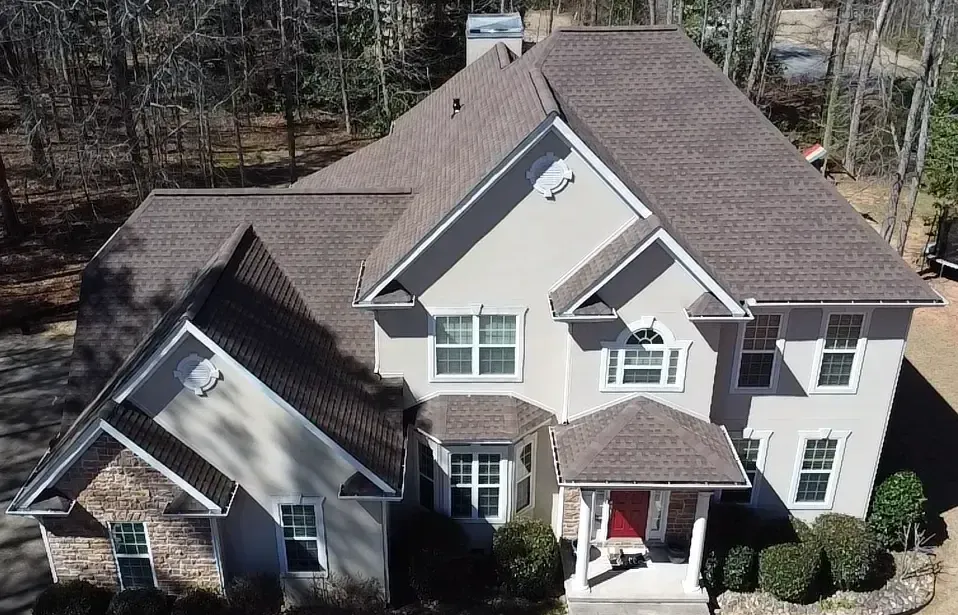The Importance of Good Roof Ventilation: Protecting Your Home from the Inside Out
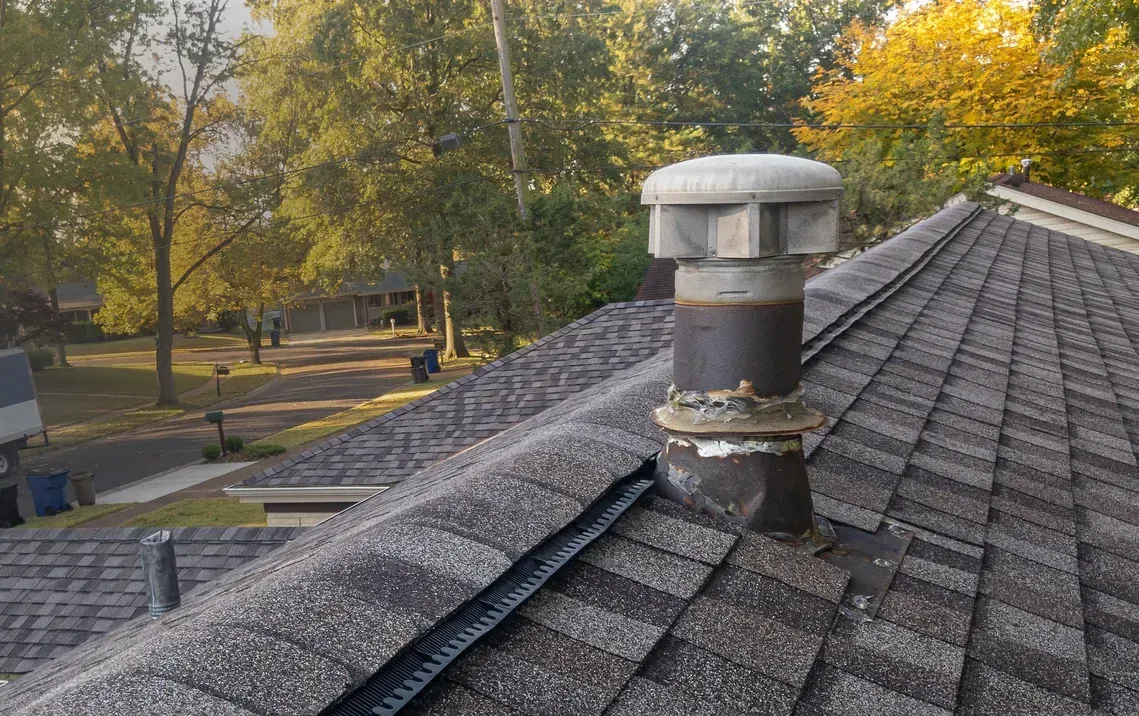
When it comes to home maintenance and upgrades, roof ventilation is often overlooked. Most homeowners focus on shingles, gutters, or even insulation—without realizing that roof ventilation plays a critical role in the health, energy efficiency, and longevity of their entire home.
At Matt’s Exteriors, we believe in educating our customers so they can make informed decisions about protecting their most valuable investment. Here’s why roof ventilation matters more than you might think.
FAQ
What is roof ventilation, and why do I need it?
Roof ventilation is a system of intake and exhaust vents designed to promote airflow through your attic. This airflow helps remove heat and moisture, improving energy efficiency, extending the life of your roofing materials, and preventing issues like mold growth, ice dams, and high utility bills.
How does roof ventilation work?
It works on a simple principle: hot air rises. Cool air enters your attic through intake vents, typically located in the soffit vents, while warm, moist air escapes through exhaust vents, such as ridge vents, turbine vents, or hood vents near the roof’s peak. This continuous air exchange keeps your attic temperature and moisture levels in check.
What types of vents are used in a roof ventilation system?
There are two main types:
- Intake Vents: Located in soffits or eaves to bring in cooler air.
- Exhaust Vents: Located near the roof ridge or top and include:
- Ridge vents
- Box vents (hood vents)
- Turbine vents (whirlybirds)
- Gable vents

How can I tell if my attic is poorly ventilated?
Some common signs include:
- A hot attic or upper floor in summer
- Ice dams forming in winter (if applicable)
- Musty odors or signs of mold in the attic
- Moist or compressed insulation
- Warped roof sheathing or peeling shingles
Can I add or improve ventilation without replacing my whole roof?
In many cases, additional vents can be installed, or existing ones improved, without replacing the roof. Our team at Matt’s Exteriors can assess your current setup and recommend cost-effective improvements.
